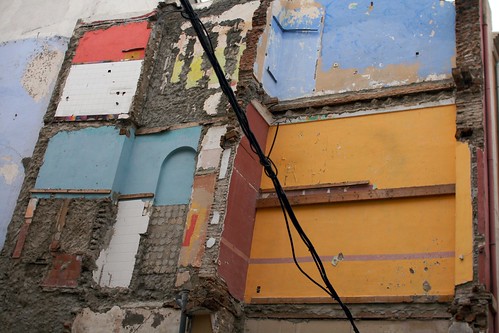An interesting excerpt from "The best laid plans of mice and men: the computer mouse in the history of computing by Paul Atkinson:
"In the case of the adoption of the computer mouse as the preferred selection device, it seems that there are three discrete relevant groups of user that saw the problem being solved, but from different perspectives. The engineers at Xerox and Apple among others were convinced by Card’s use of Fitts’s Law that the mouse was ergonomically an almost optimal device, despite it’s complications from an engineering point of view. Young users, visually oriented users or users unaccustomed to computers found using a mouse in conjunction with a GUI to be a more intuitive way of accessing computer technology, despite the initial wariness of using one. Finally, and perhaps most importantly, the largest relevant social group of user, business users, achieved closure with the computer mouse because of its ability to overcome the need to perform a stereotypically gendered activity. (...) The mouse, then, in a way that none of its designers originally intended, acted to remove the office computer’s association to the typewriter, changing it from what was perceived as a low-status piece of office equipment into a completely new piece of technology, operated in a unique way. The mouse also enabled the different computers targeted at female office workers and male managers to become a single product. I would argue that the mouse played a significant role in the wide-scale adoption of the computer – a computer without preconceived status and gender associations – and in doing so, that it made a substantial contribution to the development of today’s workplace ."
Why do I blog this? it's always intriguing to get back to the history of massively used technologies. More specifically, the paper addresses important lessons about the design choices made by computer mouse designers, the trajectory of its development as well as underlying factors such as gender issues.










 (Traces of human activity revealed on a building encountered in Malaga, Spain)
(Traces of human activity revealed on a building encountered in Malaga, Spain)
 Why do I blog this? Looking for material for one of my student, I ran across this curious diagram recently and found it interesting. It's curious to see how a comic artist and theorist (Will Eisner) propose a way to describe embodiment in the language of comics. The body postures and gestures are important in comics and they definitely helps to convey meaning in the sequences, as shown by the quote by Eisner: "In comics, body posture and gesture occupy a position of primacy over text. The manner in which these images are employed modifies and defines the intended meaning of the words"
Why do I blog this? Looking for material for one of my student, I ran across this curious diagram recently and found it interesting. It's curious to see how a comic artist and theorist (Will Eisner) propose a way to describe embodiment in the language of comics. The body postures and gestures are important in comics and they definitely helps to convey meaning in the sequences, as shown by the quote by Eisner: "In comics, body posture and gesture occupy a position of primacy over text. The manner in which these images are employed modifies and defines the intended meaning of the words"
